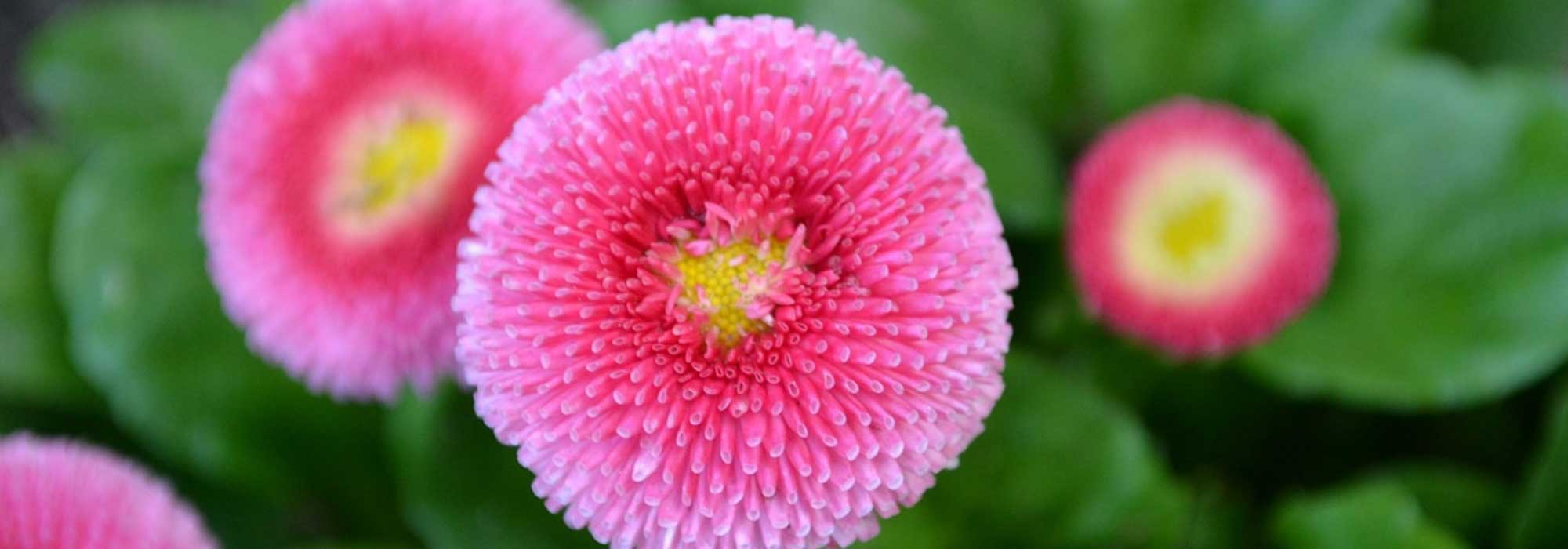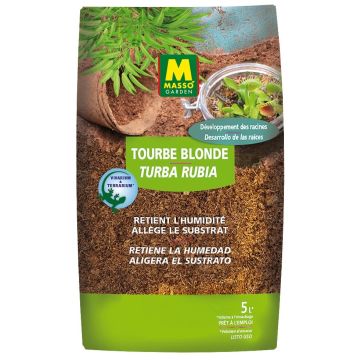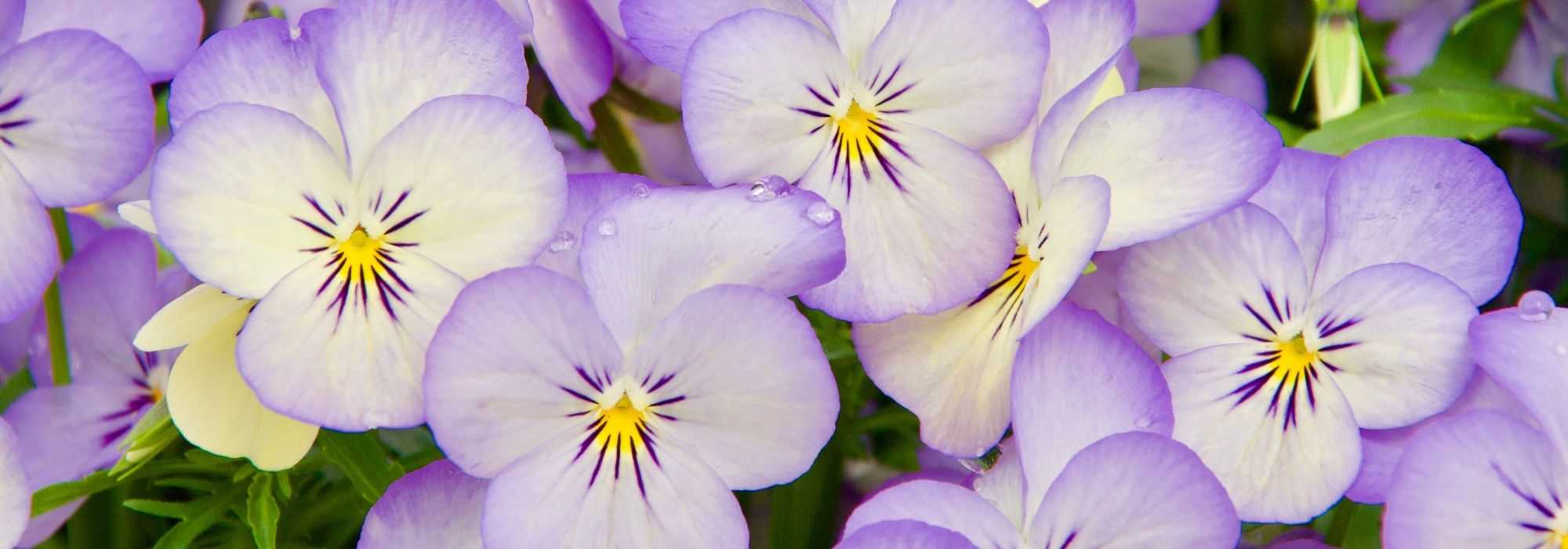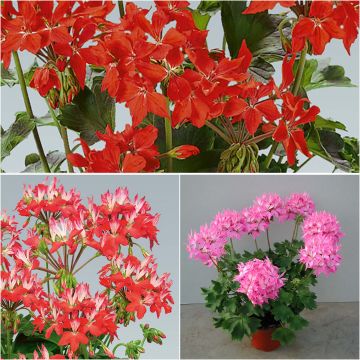

Bellis perennis - Common Daisy
Bellis perennis - Common Daisy
Bellis perennis
Common Daisy, Lawn Daisy, English daisy
Special offer!
Receive a €20 voucher for any order over €90 (excluding delivery costs, credit notes, and plastic-free options)!
1- Add your favorite plants to your cart.
2- Once you have reached €90, confirm your order (you can even choose the delivery date!).
3- As soon as your order is shipped, you will receive an email containing your voucher code, valid for 3 months (90 days).
Your voucher is unique and can only be used once, for any order with a minimum value of €20, excluding delivery costs.
Can be combined with other current offers, non-divisible and non-refundable.
Home or relay delivery (depending on size and destination)
Schedule delivery date,
and select date in basket
This plant carries a 6 months recovery warranty
More information
We guarantee the quality of our plants for a full growing cycle, and will replace at our expense any plant that fails to recover under normal climatic and planting conditions.
Does this plant fit my garden?
Set up your Plantfit profile →
Description
Bellis perennis, also known as Wild Daisy, is a small plant that produces tiny white to pink daisies. It often appears in our lawns. Robust and persistent thanks to its stump that develops secondary roots, it is also a medicinal plant, used in homeopathy. It easily naturalises in sunny areas of the garden.
Bellis perennis belongs to the large family of Asteraceae, it is native to all of Europe and the Orient. It is a herbaceous plant that forms a biennial rosette, but spreads and persists thanks to adventitious roots that give rise to new biennial rosettes. This small native plant can colonise large areas through vegetative propagation and spontaneous seeding. It adapts to various types of soils and climates. The basal rosettes, 10 to 15 cm wide, have evergreen, hairy, ovate and crenate-edged leaves, carried on petioles. Flowering occurs from March to November, depending on climatic conditions. It appears in the form of small inflorescences in 2 cm wide heads, composed of fine white ligules ('petals'), sometimes tinged with dark pink on the reverse, surrounding a small bright yellow central disc containing tiny sterile flowers. The 'flowers' are carried about 5 or 10 cm above the ground by small hairy stems emerging from the leaf rosettes.
Wild Daisy is a plant of natural simplicity. It is often used as a biennial. Hardy and undemanding, the daisy loves the sun and prefers cool, well-drained soils. It is charming when planted en masse, forming a cheerful carpet heralding spring. It can also be combined with other plants in border plantings in front of botanical tulips, for example. Whether in the ground or in a container, it can be associated with its usual companions in nature such as forget-me-nots, common primroses or Primula veris. You can also enjoy it, as daisy petals are edible. Don't hesitate to add them to your salads.
Note: Attention, our young plug plants are professional products reserved for experienced gardeners: as soon as you receive them, replant them as soon as possible, in pots, containers or directly in the ground.
Flowering
Foliage
Plant habit
Botanical data
Bellis
perennis
Asteraceae
Common Daisy, Lawn Daisy, English daisy
Central Europe
Other Daisies
View all →Planting and care
The clumps of daisies will be transplanted as soon as they are received directly into pots or planters. Monitor watering and regularly apply fertiliser (about twice a month). They prefer a sunny or semi-shaded exposure. If you want to plant them in the ground, transplant them first into a pot. Also, monitor watering, but do not saturate the soil. There is no need to keep them in a greenhouse, they will be satisfied with a sheltered spot. In September or even October, you can transplant them directly into their final position. Slugs and snails are fond of their young shoots, a line of ash around the base will protect them. By removing faded flowers, you will stimulate the emergence of new buds.
Planting period
Intended location
Care
Planting & care advice
This item has not been reviewed yet - be the first to leave a review about it.
Similar products
Haven't found what you were looking for?
Hardiness is the lowest winter temperature a plant can endure without suffering serious damage or even dying. However, hardiness is affected by location (a sheltered area, such as a patio), protection (winter cover) and soil type (hardiness is improved by well-drained soil).

Photo Sharing Terms & Conditions
In order to encourage gardeners to interact and share their experiences, Promesse de fleurs offers various media enabling content to be uploaded onto its Site - in particular via the ‘Photo sharing’ module.
The User agrees to refrain from:
- Posting any content that is illegal, prejudicial, insulting, racist, inciteful to hatred, revisionist, contrary to public decency, that infringes on privacy or on the privacy rights of third parties, in particular the publicity rights of persons and goods, intellectual property rights, or the right to privacy.
- Submitting content on behalf of a third party;
- Impersonate the identity of a third party and/or publish any personal information about a third party;
In general, the User undertakes to refrain from any unethical behaviour.
All Content (in particular text, comments, files, images, photos, videos, creative works, etc.), which may be subject to property or intellectual property rights, image or other private rights, shall remain the property of the User, subject to the limited rights granted by the terms of the licence granted by Promesse de fleurs as stated below. Users are at liberty to publish or not to publish such Content on the Site, notably via the ‘Photo Sharing’ facility, and accept that this Content shall be made public and freely accessible, notably on the Internet.
Users further acknowledge, undertake to have ,and guarantee that they hold all necessary rights and permissions to publish such material on the Site, in particular with regard to the legislation in force pertaining to any privacy, property, intellectual property, image, or contractual rights, or rights of any other nature. By publishing such Content on the Site, Users acknowledge accepting full liability as publishers of the Content within the meaning of the law, and grant Promesse de fleurs, free of charge, an inclusive, worldwide licence for the said Content for the entire duration of its publication, including all reproduction, representation, up/downloading, displaying, performing, transmission, and storage rights.
Users also grant permission for their name to be linked to the Content and accept that this link may not always be made available.
By engaging in posting material, Users consent to their Content becoming automatically accessible on the Internet, in particular on other sites and/or blogs and/or web pages of the Promesse de fleurs site, including in particular social pages and the Promesse de fleurs catalogue.
Users may secure the removal of entrusted content free of charge by issuing a simple request via our contact form.
The flowering period indicated on our website applies to countries and regions located in USDA zone 8 (France, the United Kingdom, Ireland, the Netherlands, etc.)
It will vary according to where you live:
- In zones 9 to 10 (Italy, Spain, Greece, etc.), flowering will occur about 2 to 4 weeks earlier.
- In zones 6 to 7 (Germany, Poland, Slovenia, and lower mountainous regions), flowering will be delayed by 2 to 3 weeks.
- In zone 5 (Central Europe, Scandinavia), blooming will be delayed by 3 to 5 weeks.
In temperate climates, pruning of spring-flowering shrubs (forsythia, spireas, etc.) should be done just after flowering.
Pruning of summer-flowering shrubs (Indian Lilac, Perovskia, etc.) can be done in winter or spring.
In cold regions as well as with frost-sensitive plants, avoid pruning too early when severe frosts may still occur.
The planting period indicated on our website applies to countries and regions located in USDA zone 8 (France, United Kingdom, Ireland, Netherlands).
It will vary according to where you live:
- In Mediterranean zones (Marseille, Madrid, Milan, etc.), autumn and winter are the best planting periods.
- In continental zones (Strasbourg, Munich, Vienna, etc.), delay planting by 2 to 3 weeks in spring and bring it forward by 2 to 4 weeks in autumn.
- In mountainous regions (the Alps, Pyrenees, Carpathians, etc.), it is best to plant in late spring (May-June) or late summer (August-September).
The harvesting period indicated on our website applies to countries and regions in USDA zone 8 (France, England, Ireland, the Netherlands).
In colder areas (Scandinavia, Poland, Austria...) fruit and vegetable harvests are likely to be delayed by 3-4 weeks.
In warmer areas (Italy, Spain, Greece, etc.), harvesting will probably take place earlier, depending on weather conditions.
The sowing periods indicated on our website apply to countries and regions within USDA Zone 8 (France, UK, Ireland, Netherlands).
In colder areas (Scandinavia, Poland, Austria...), delay any outdoor sowing by 3-4 weeks, or sow under glass.
In warmer climes (Italy, Spain, Greece, etc.), bring outdoor sowing forward by a few weeks.

















































